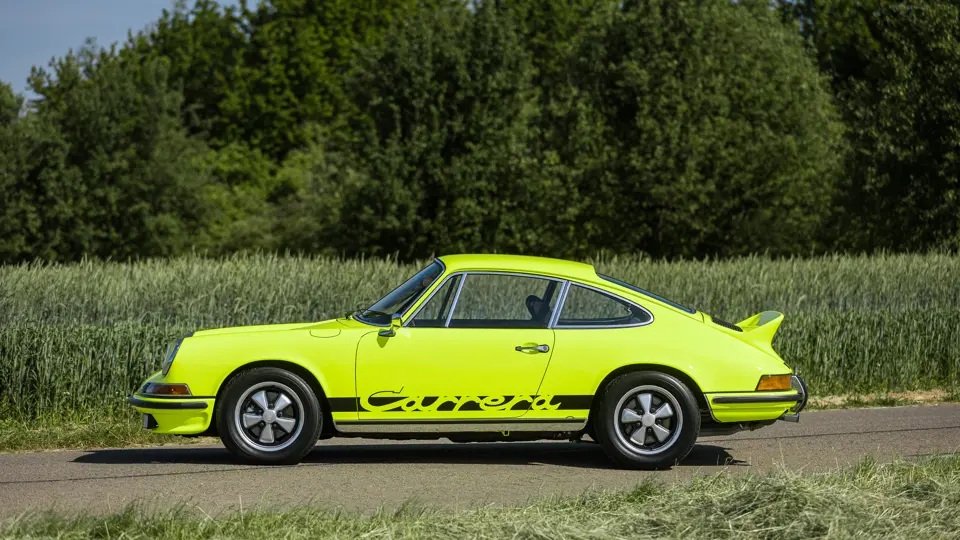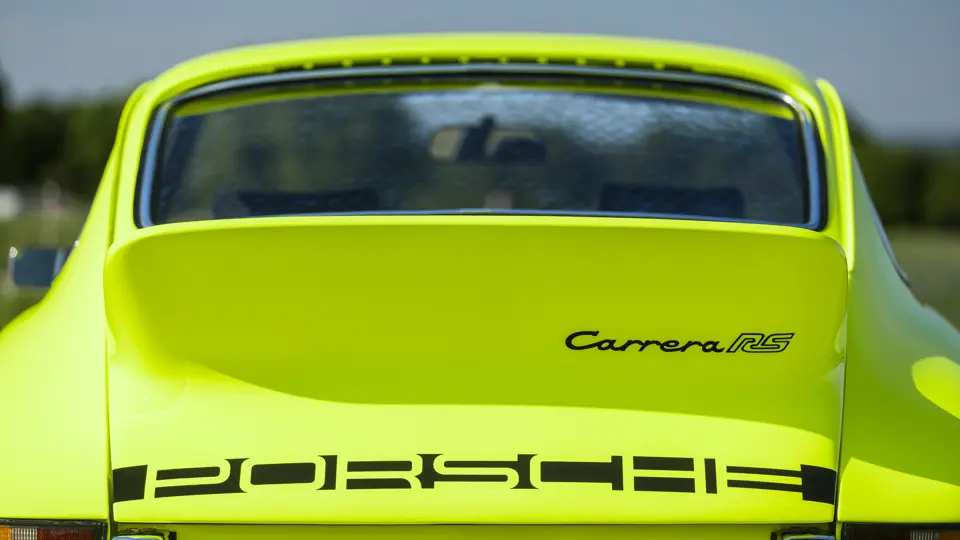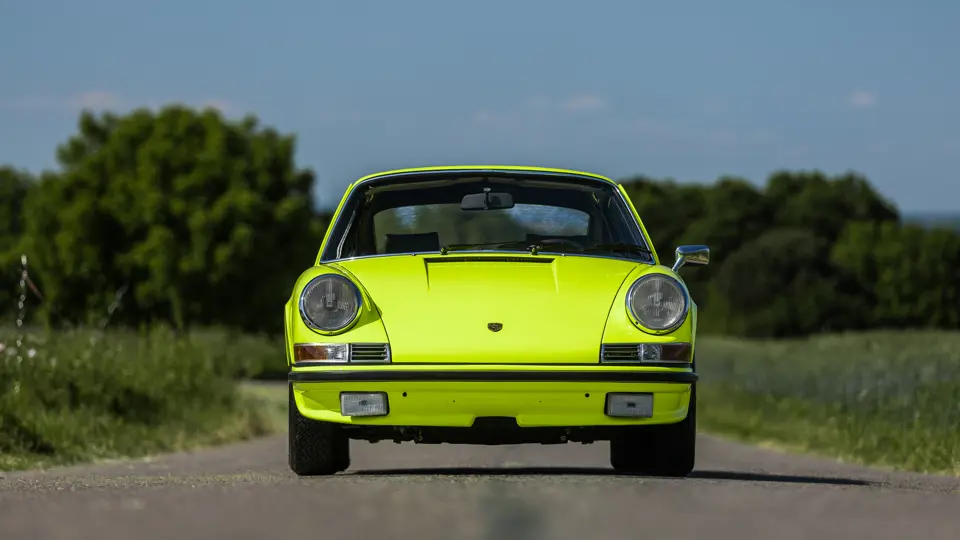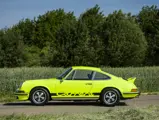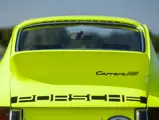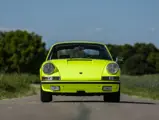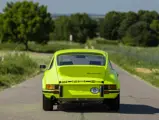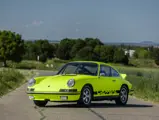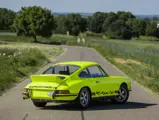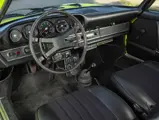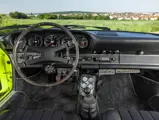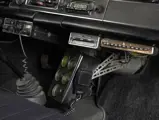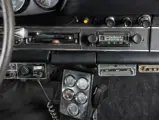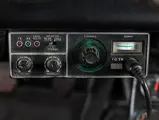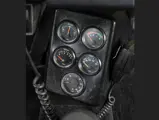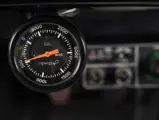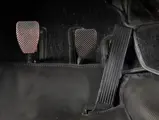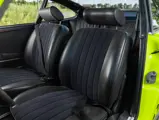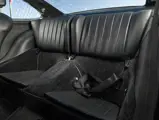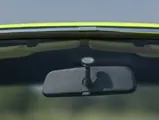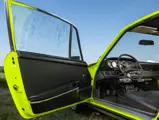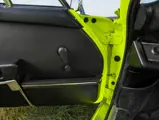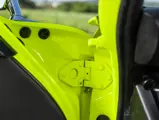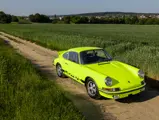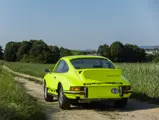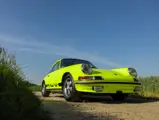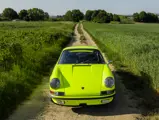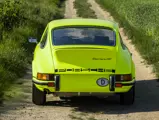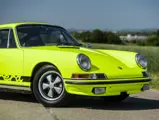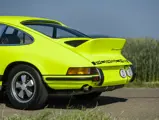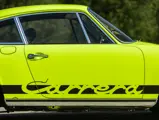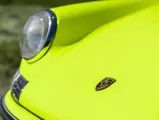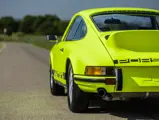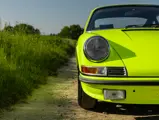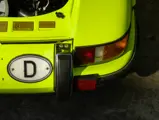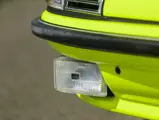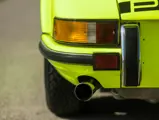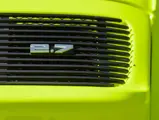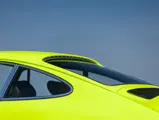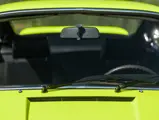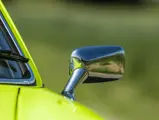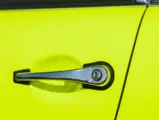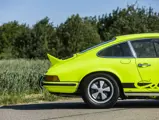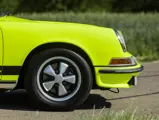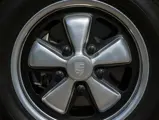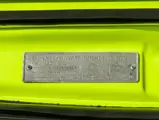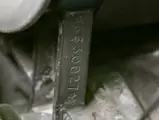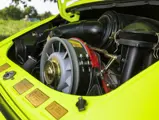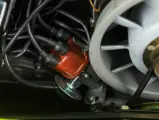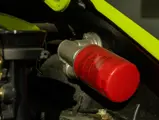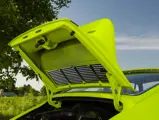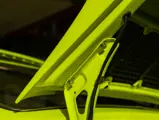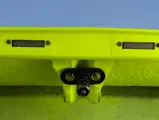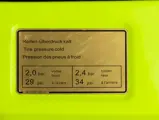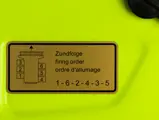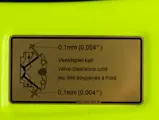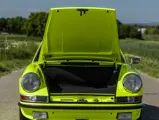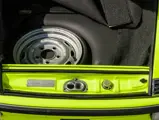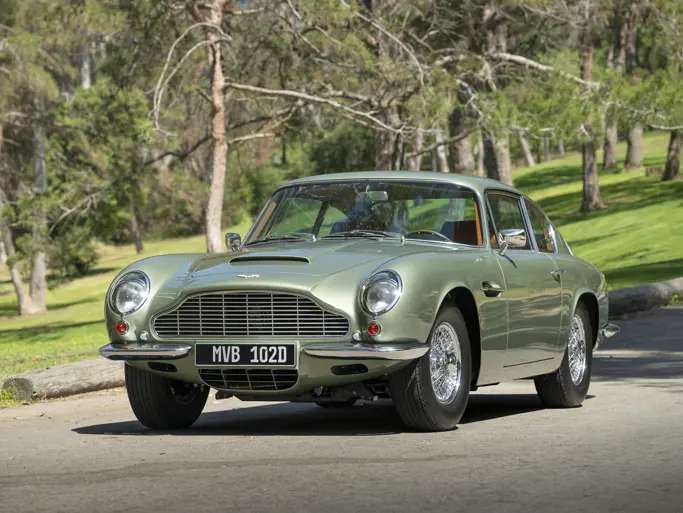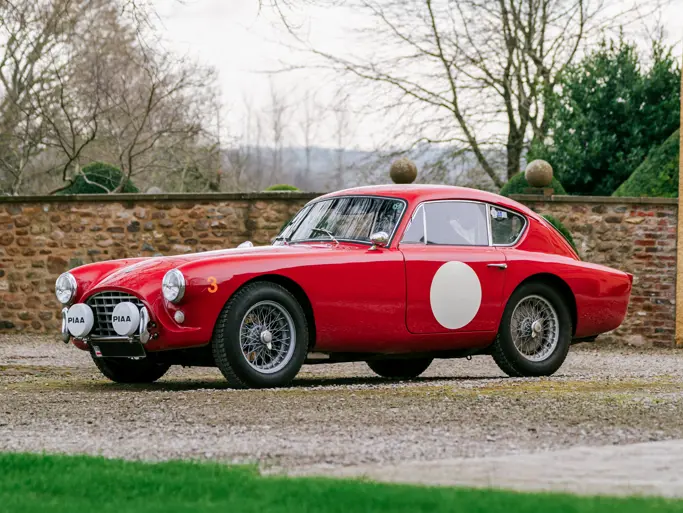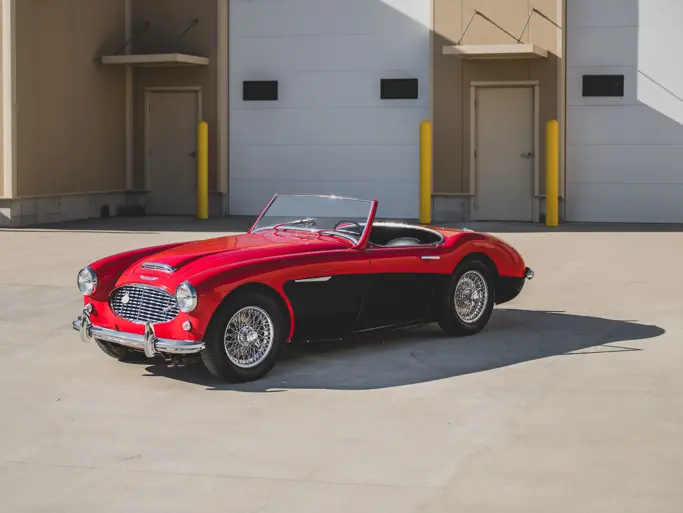
1972 Porsche 911 Carrera RS 2.7 Development Car
{{lr.item.text}}
$758,500 USD | Sold
{{bidding.lot.reserveStatusFormatted}}
- Historically significant test car used by Porsche engineering in Weissach during the early stages of 911 Carrera RS 2.7 development
- Originally produced as a 911 S 2.4 in June 1972
- Retained from new by Porsche engineering department and fitted with a 'pre-series' 2.7-liter MFI flat-six engine, experimental fluorescent yellow paint, and one of the first ducktail spoilers ever built
- Fully restored under current ownership by marque specialists in Germany
- Well documented with extensive history file including dozens of documents and historical photos
Though difficult to imagine today given its cult status and insatiable demand, the influential Porsche 911 Carrera RS 2.7 almost never was. When the project emerged in the early Seventies, marketing minds within the company were not convinced of the business case for a range-topping lightweight model that was stripped of features yet cost more than any other 911 at the time. Fortunately, Porsche engineers prevailed and were able to achieve their goal of creating a track-focused production model for competition homologation. Development cars like the one offered here stand as testament to those efforts.
The 911 Carrera RS 2.7 was initially planned as simply the “911 S 2.7,” featuring the newly developed 2.7-liter flat-six engine with Bosch mechanical fuel injection. To better distinguish it from the 911 S 2.4 and convey the model’s track-focused engineering, Porsche later coined the RS moniker, which stood for “Rennsport,” translated to “racing sport” in English.
This brightly colored E-series coupe, chassis number 9112301609, was used by Porsche’s factory development department and narrowly predates the RS designation. As such, the car appears to correspond with early plans for a 911 S 2.7 model and thus represents an important and often overlooked period of 911 Carrera RS development.
The car started life as a 911 S 2.4, a so-called “oil flap” model produced for only one year and featuring the oil filler where the fuel filler typically resides. A copy of the original vehicle order form, dated 20 June 1972, indicates the car was specified with experimental “fluorescent yellow” paint by way of Porsche’s “Special Wishes” customization program. It also noted a 2.4-liter engine—number 6322388—a Black leatherette interior with “Pearl Cord,” and a driver’s-side mirror. Porsche’s factory development department acquired the car on 21 June 1972 for testing in Weissach, Germany and installed a prototype 2.7-liter flat-six—number 6630027—along with one of the first ducktail spoilers ever produced. A panel below the dashboard housed a variety of additional instruments, including ampere, oil pressure, and oil temperature gauges, as well as a radio for communication during test drives.
In September 1973, presumably following the conclusion of Porsche’s engineering development work with the car, it was sold to Franz Sussner, a resident of Neckarsulm. The head of Porsche’s development department, Helmuth Bott, also lived in Nekarsulm and Sussner, an engineer himself, is said to have known him well. It was common practice to sell so-called “pre-series” cars to consumers in those days, and thus Sussner’s connection to Bott enabled him to acquire the test car directly from Porsche AG. A copy of the sales invoice is on file.
A letter from Porsche dated 17 September 1973 confirms that no previous vehicle registration had been issued for chassis 9112301609 and that it was indeed used for testing purposes, as was the installed 2.7-liter engine, number 6630027, which was given the official designation “911 SC-F.” Specs for the engine listed in the letter were 210 horsepower, 2,687 cubic-centimeters of displacement, and a top speed of 149 mph. According to commonly accepted understanding of Porsche engine-number sequencing, engine 6630027 falls within the first 30 numbers for the type and is within the sequence for 2.7-liter prototype engines never assigned to series-production RS 2.7 models.
Franz Sussner spent several years in Algeria immediately after buying the car and had it shipped to Algiers, where he drove it until 1976 with a special Algerian tourist permit, a copy of which is on file along with other Algerian registration documents. The Porsche engineers from Weissach reportedly visited him a few times in his Palm Beach villa when conducting test drives in North Africa. Historic photos showing the car during this time are included in the extensive history file that accompanies the vehicle.
The car was first registered for road use by Sussner on 18 September 1973. A copy of a registration exemption document indicates special dispensation from the Regional Council of Stuttgart for the RS prototype rear spoiler and the fluorescent yellow paint—such striking colors were only permitted for official vehicles. The exemption expired in March 1977, after which Sussner had the car repainted in red, had Bosch driving lights fitted, and replaced the ducktail spoiler with one that was of the later “whale tale” design, keeping the original prototype spoiler in storage.
Remarkably, Sussner would hold onto the car for 43 years, selling it to the consignor in 2016. The new owner is a Stuttgart-based Porsche collector who fully understood the historical importance of the car. He had marque experts in Germany carefully restore it back to the way it was immediately following its development days, with distinctive bright yellow paint, the original ducktail spoiler, Carrera script along the sides, and original pre-series instruments below the dash—just as pictured in historical photos. Kadach, a race team and Porsche tuning shop in Winnenden, Germany, rebuilt the 2.7-liter engine while the Bosch fuel-injection pump was sent to a specialist.
Well preserved and very well documented with a verified short chain of ownership, this remarkable 911 is now offered with an extensive history file that supports its fascinating history. Of great appeal to marque enthusiasts and historians, it embodies an important and not widely known chapter in the Carrera RS 2.7 development story, coinciding with the early days of conception when even the model name had not yet been fully realized.




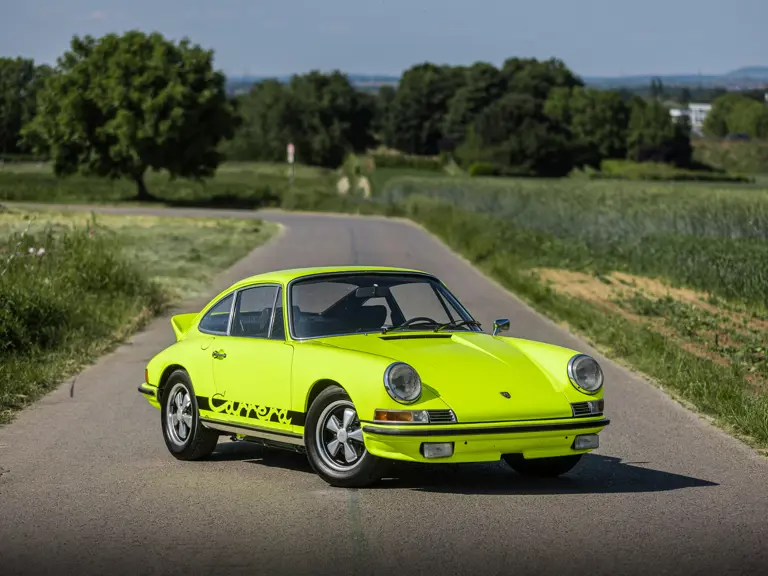
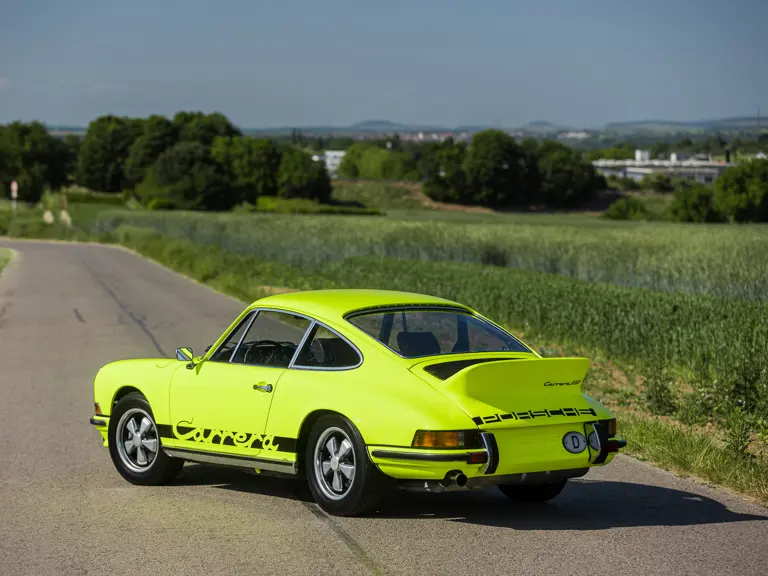
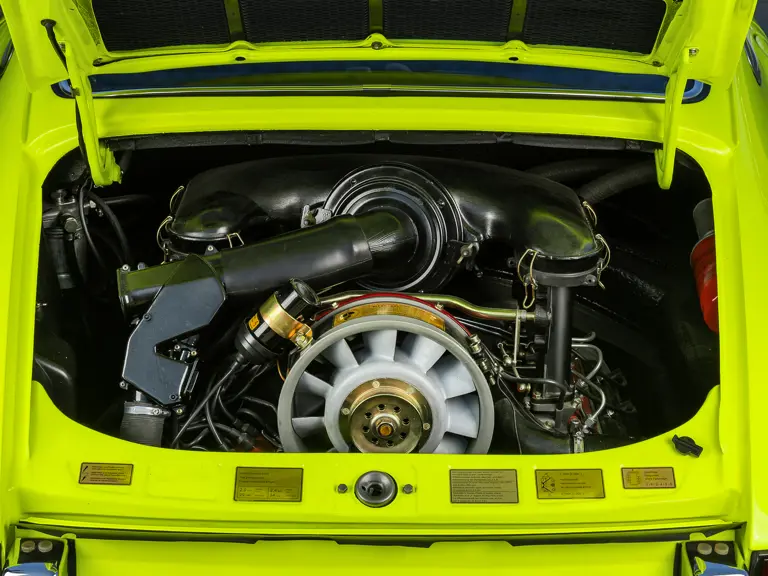
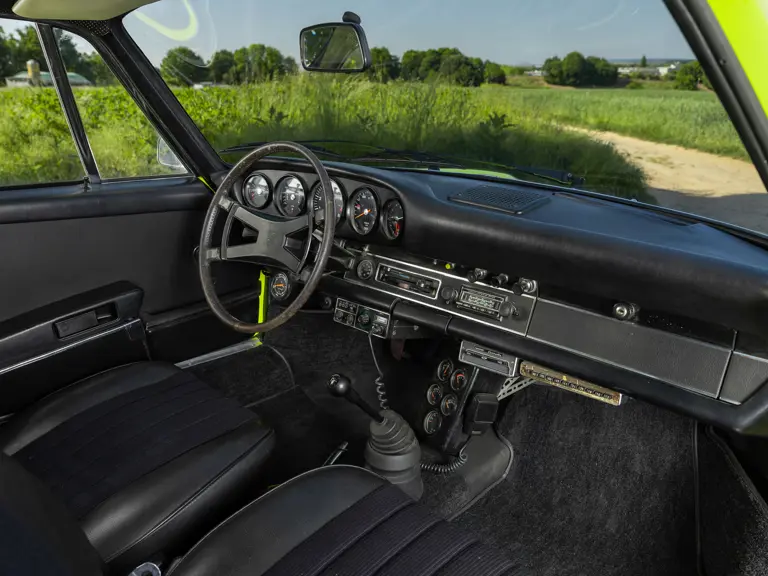
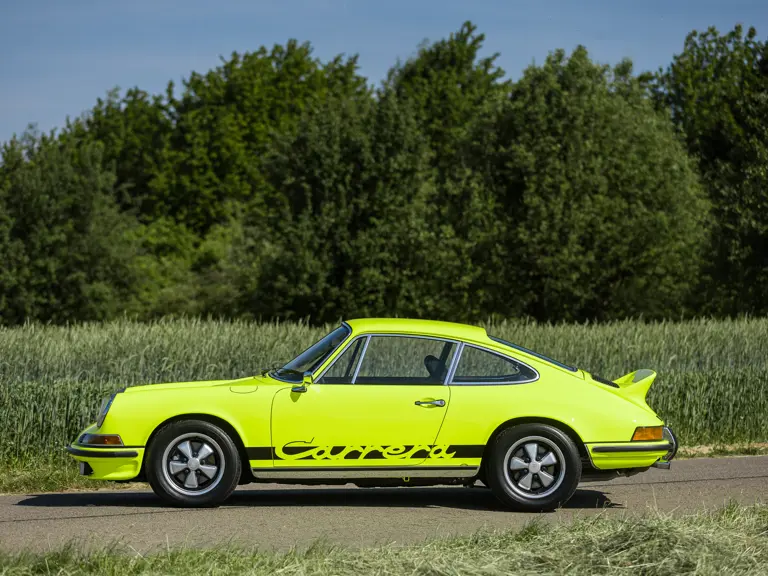
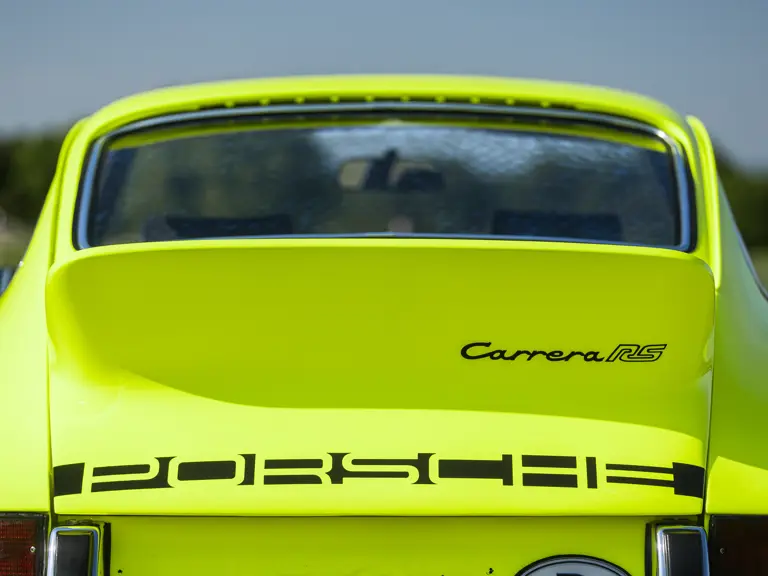
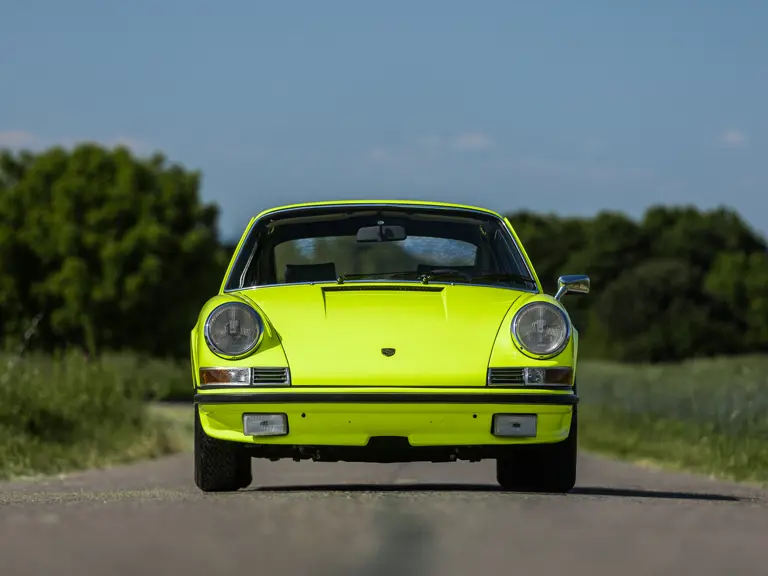

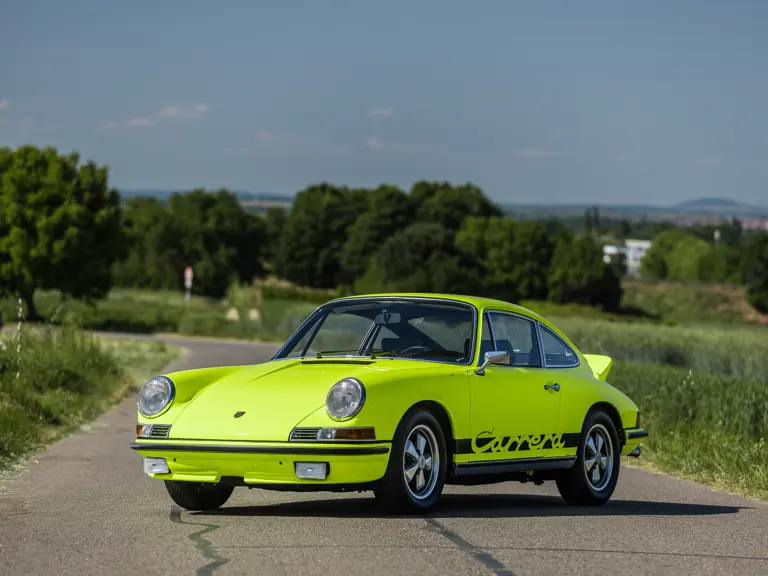
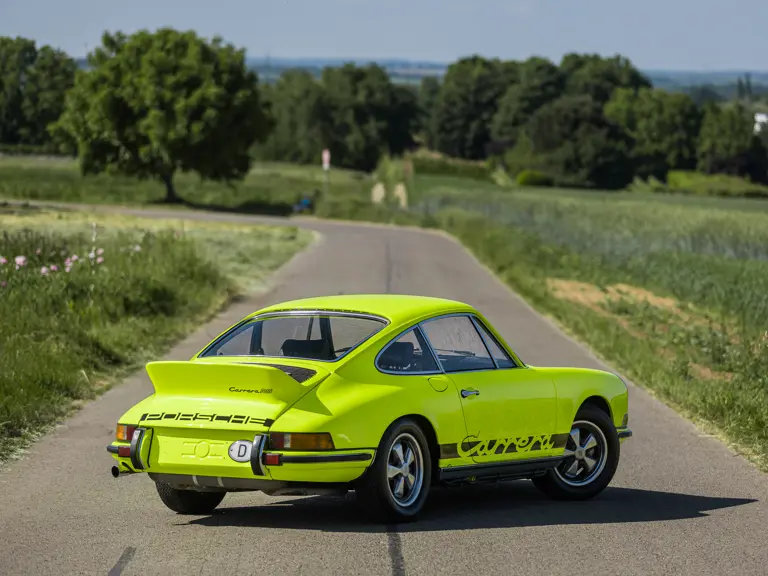
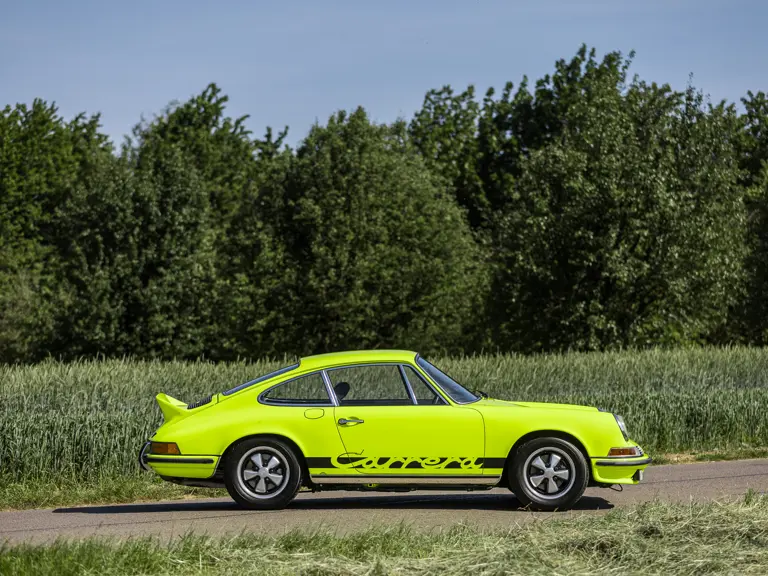
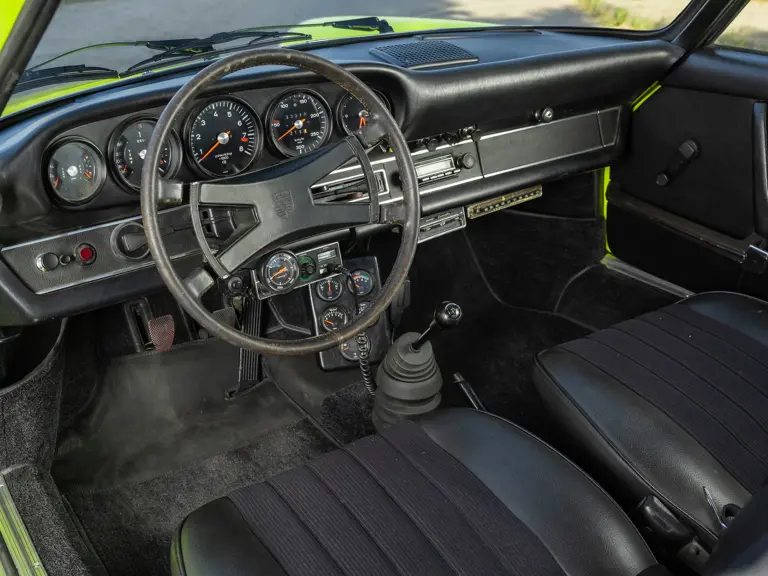
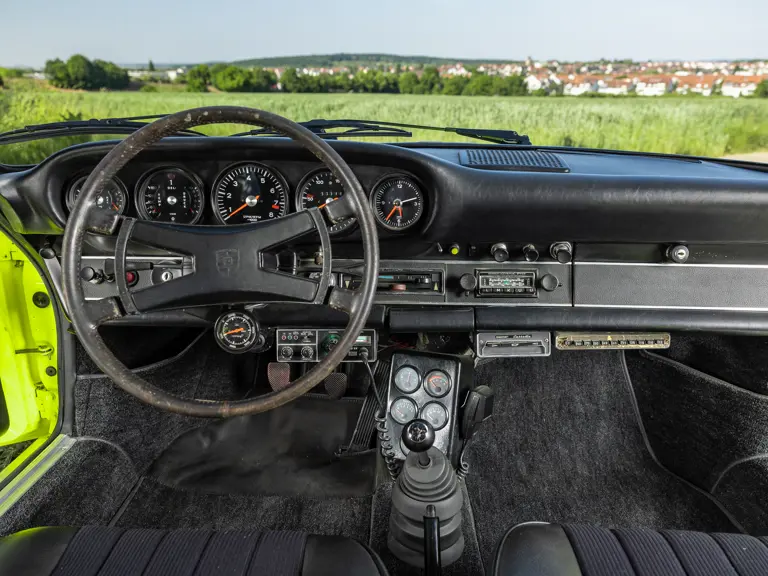
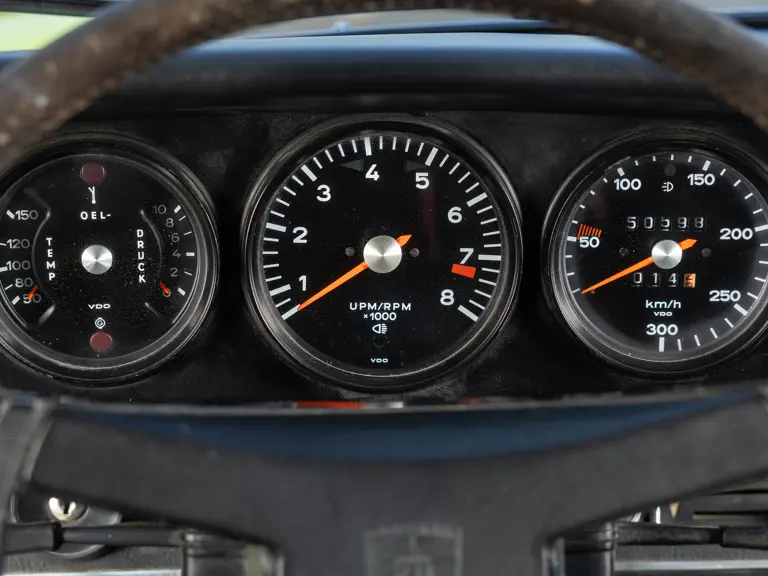
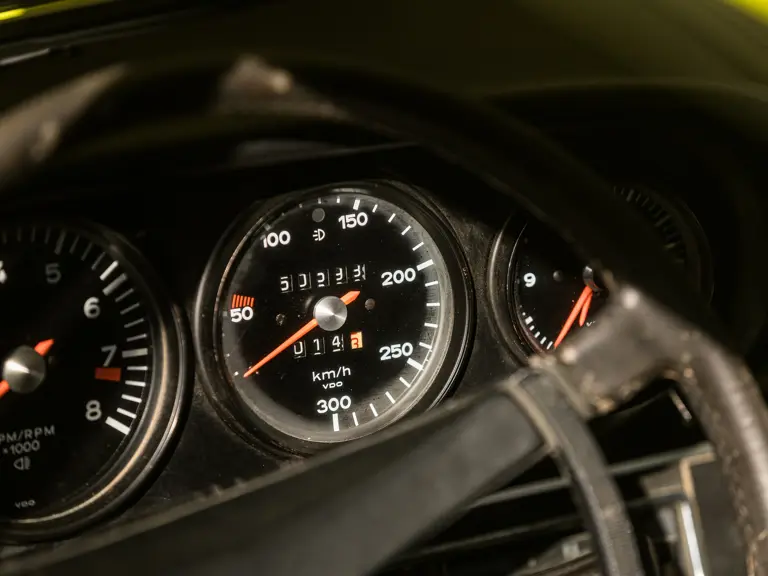
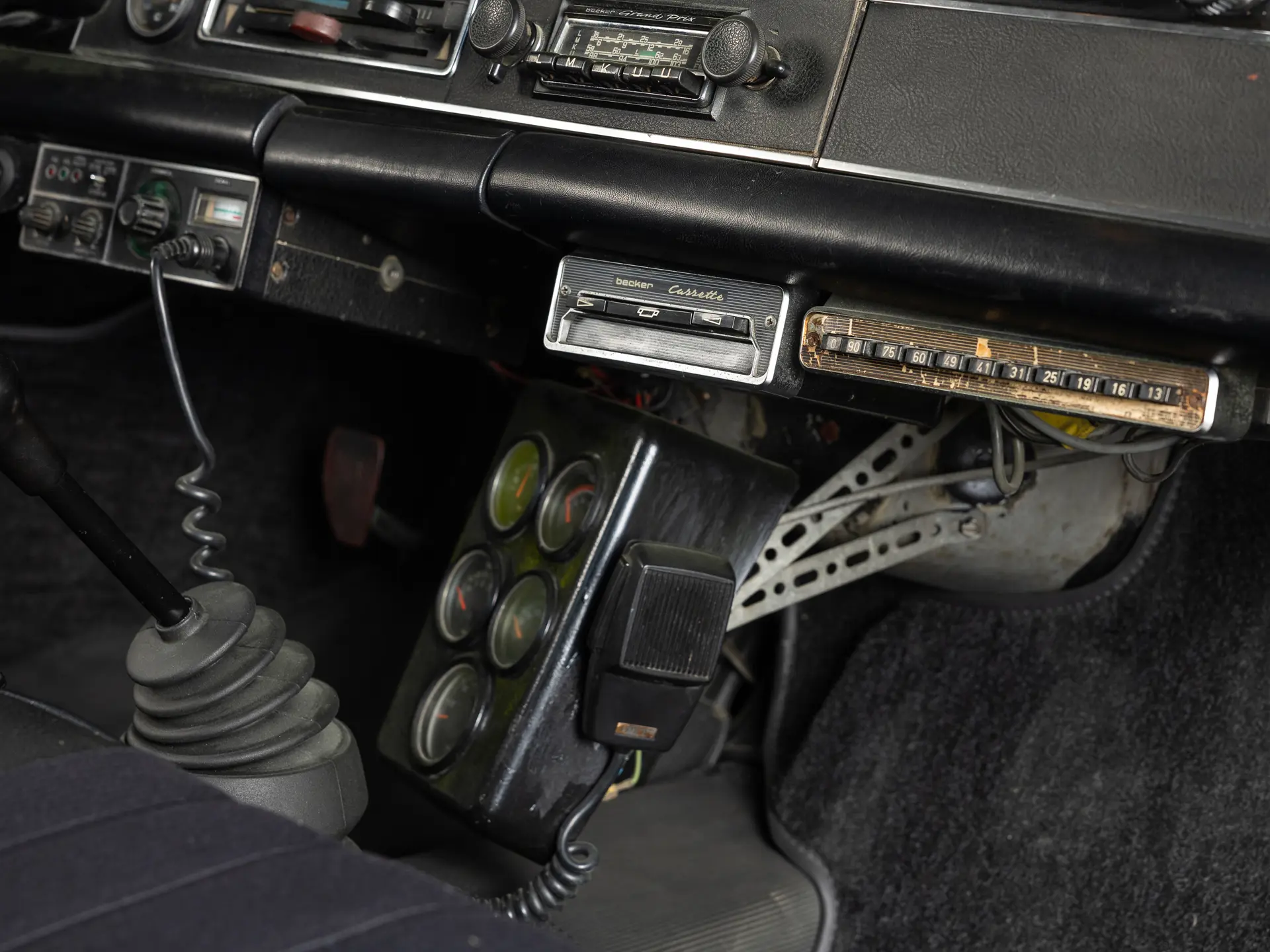

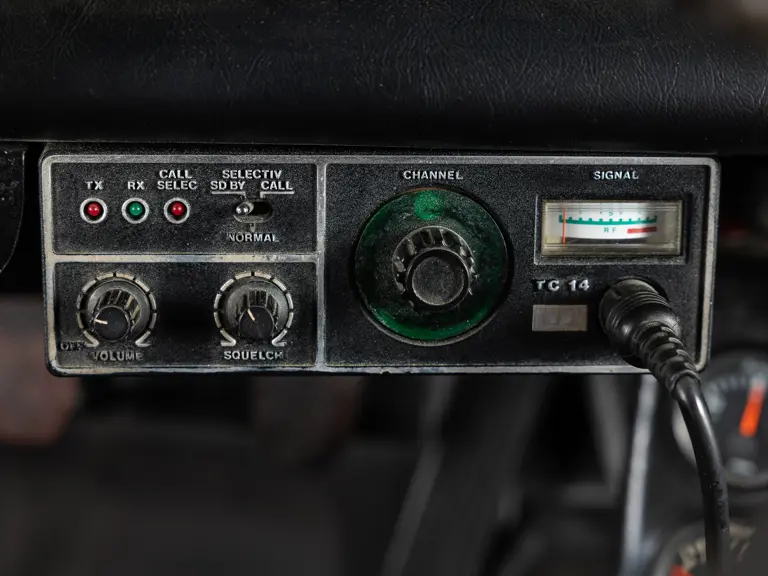
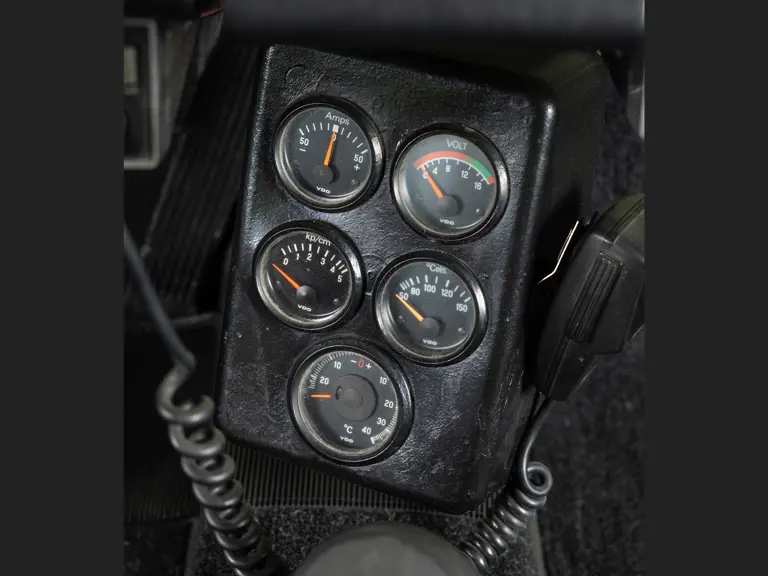
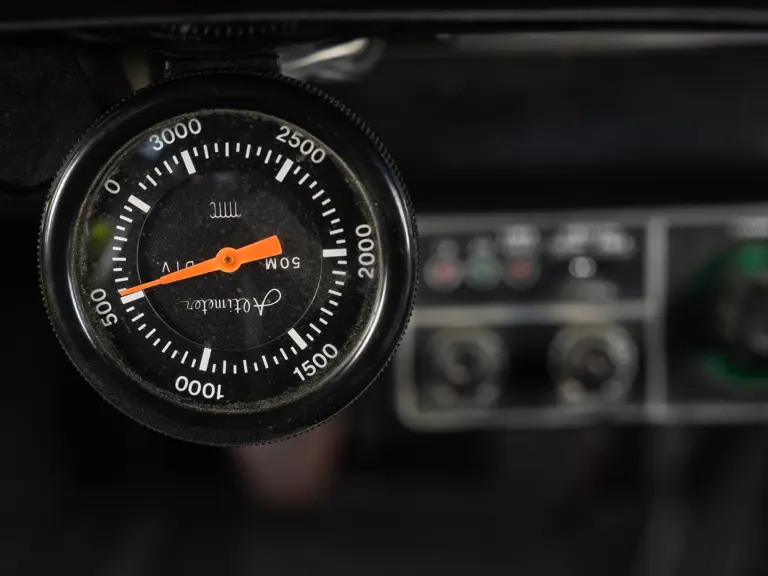

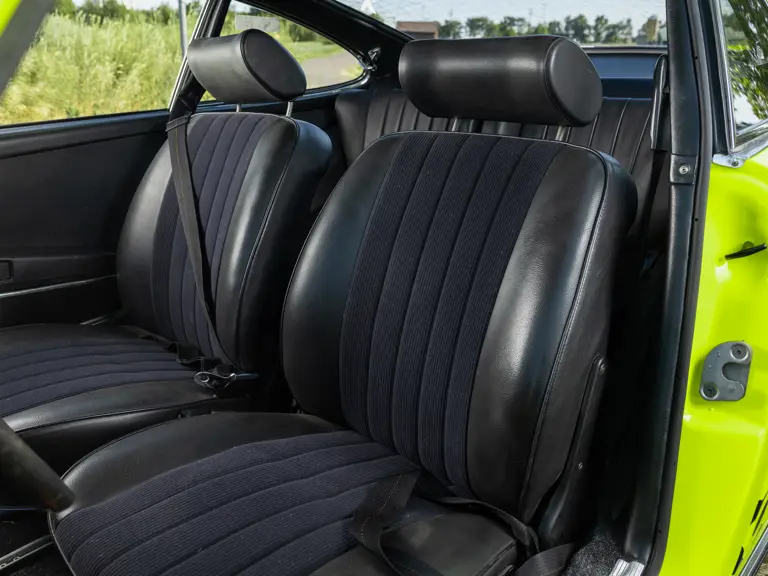
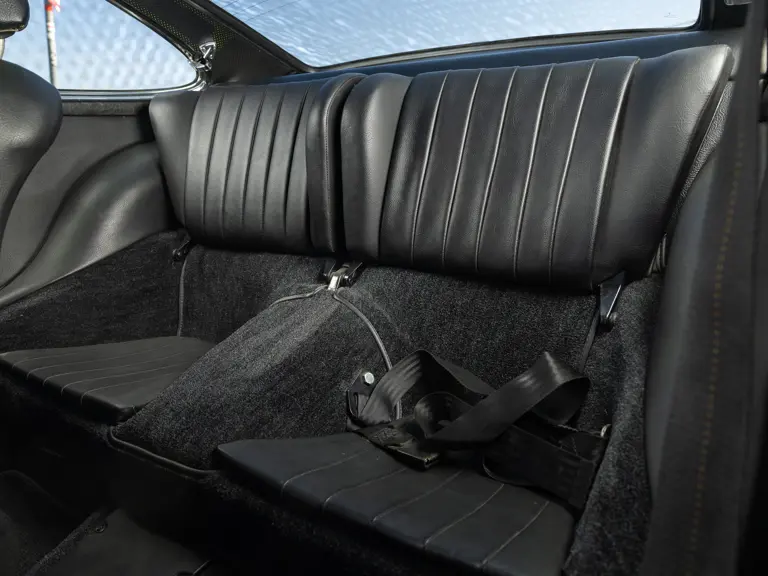
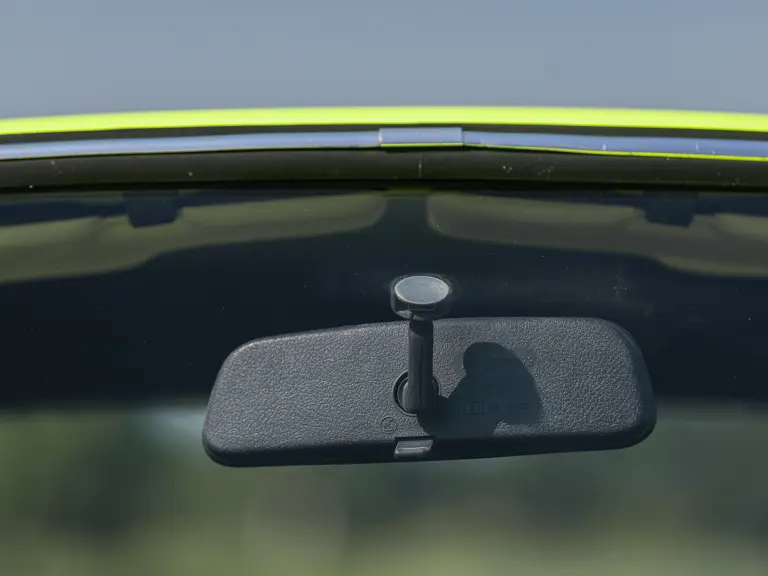

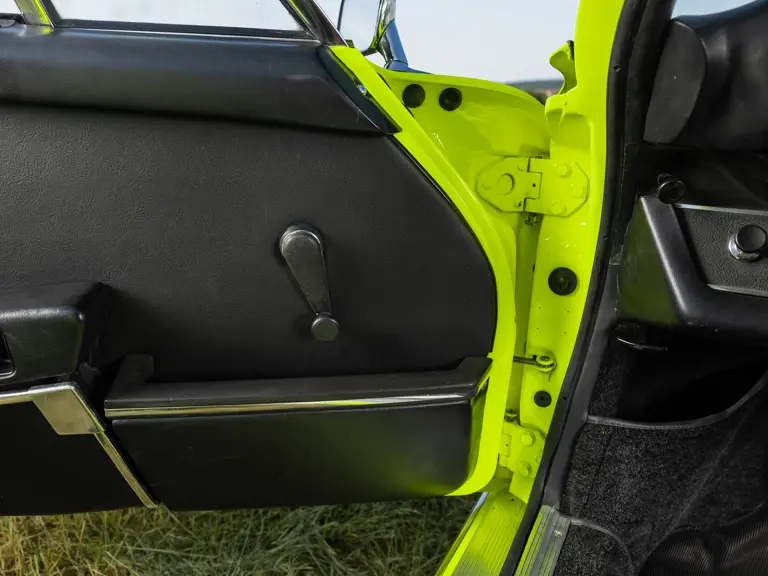
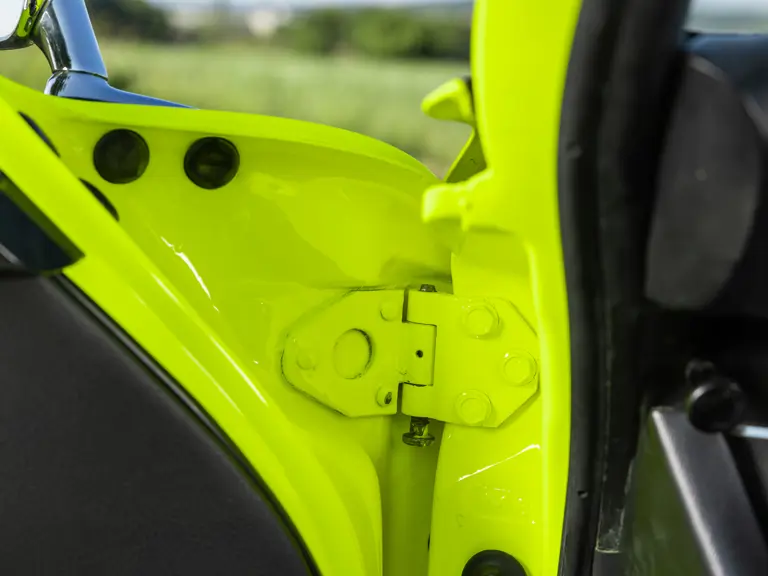
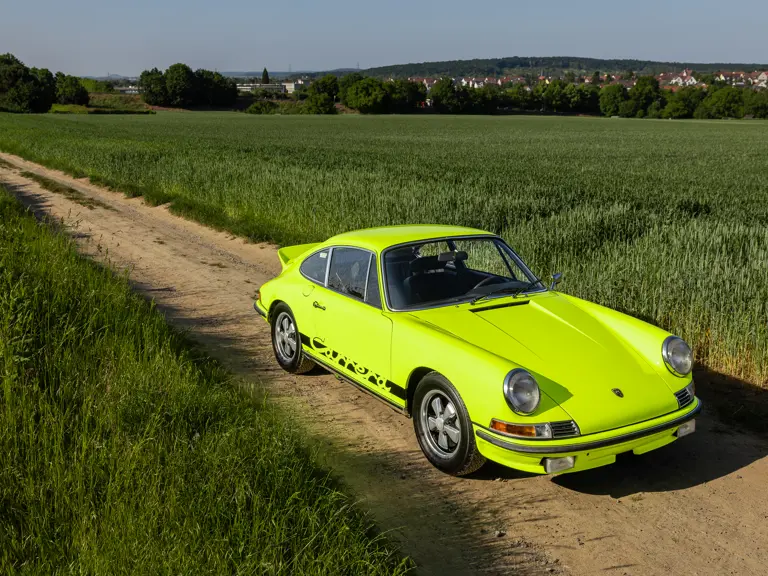
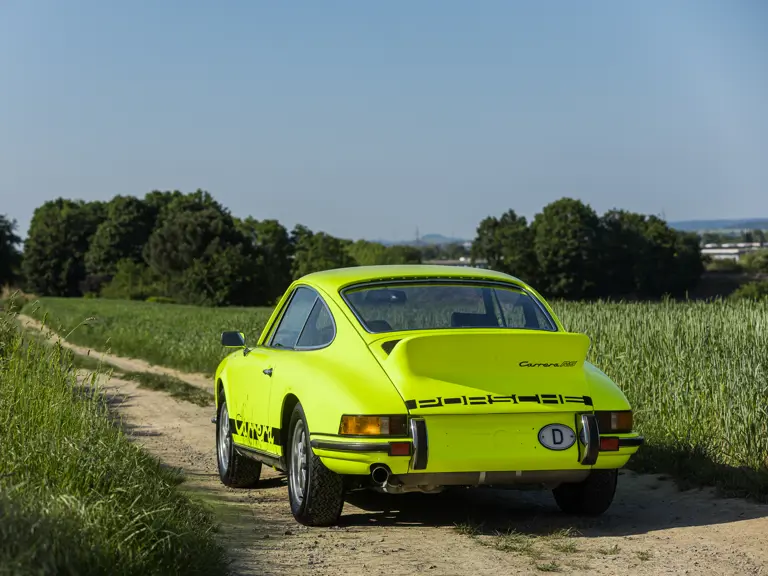
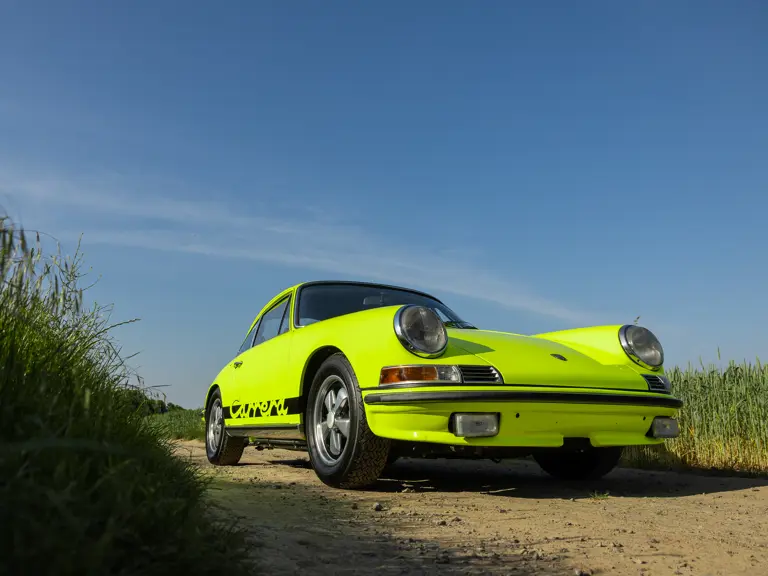
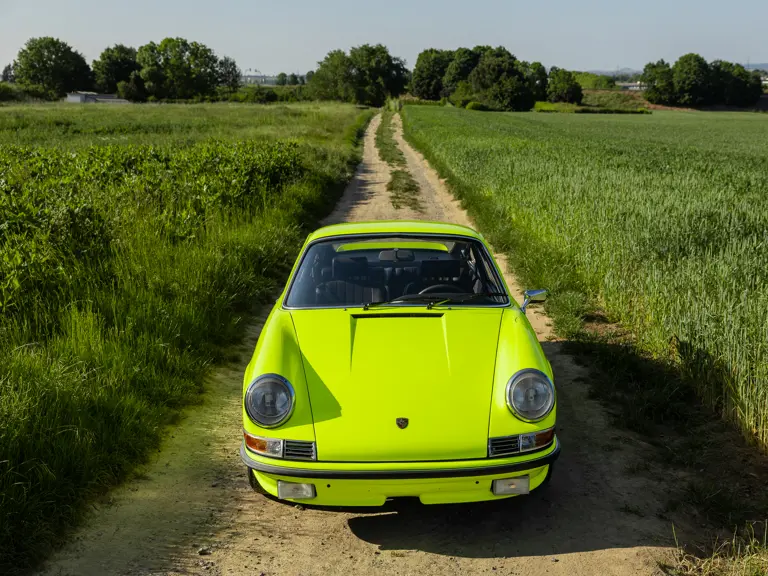
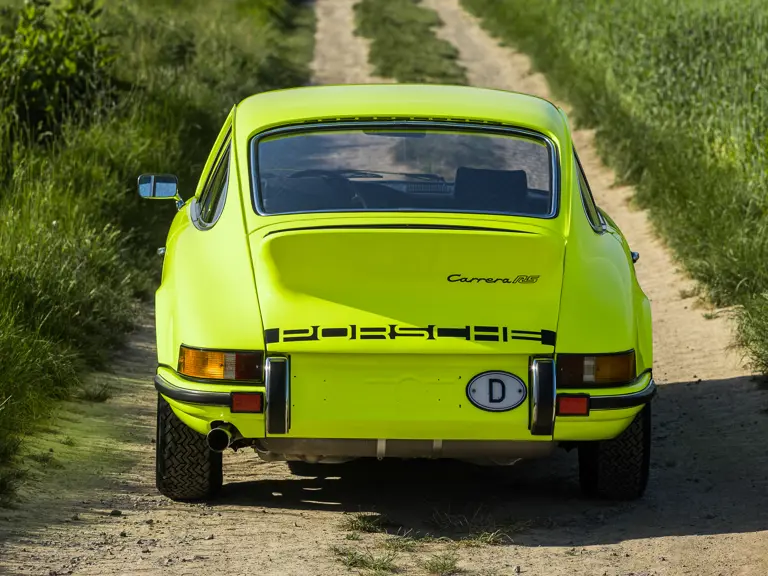

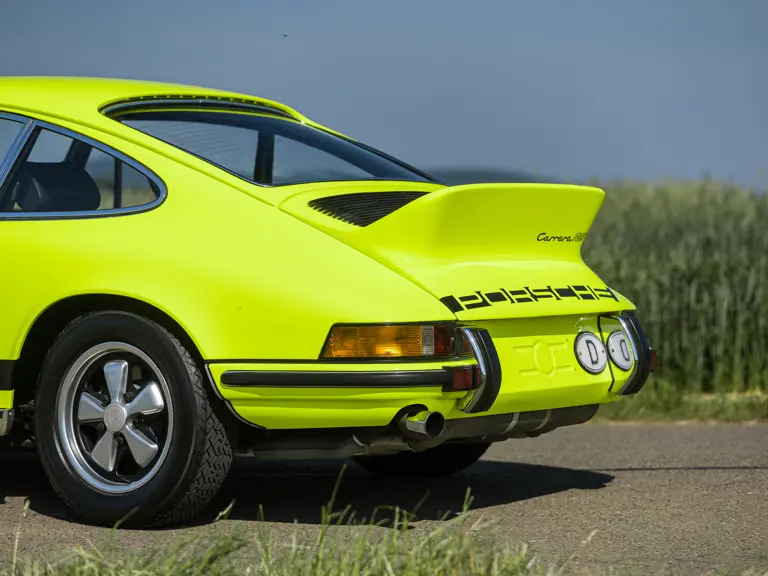

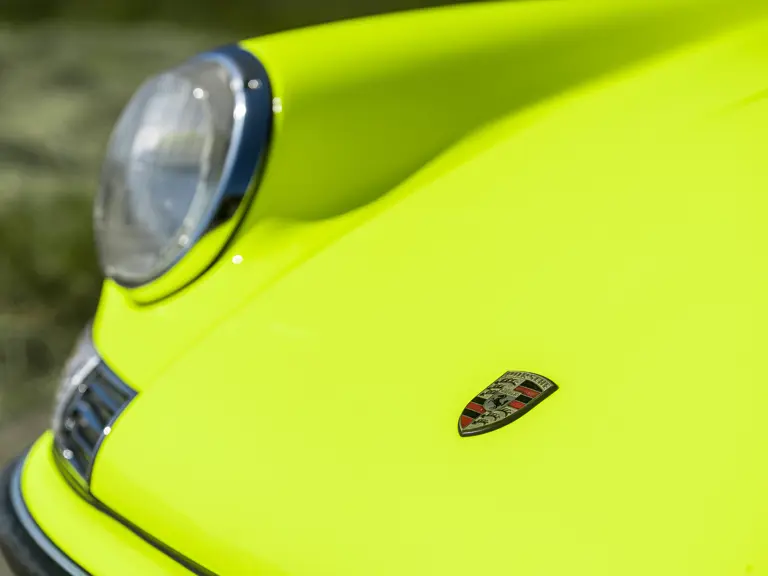
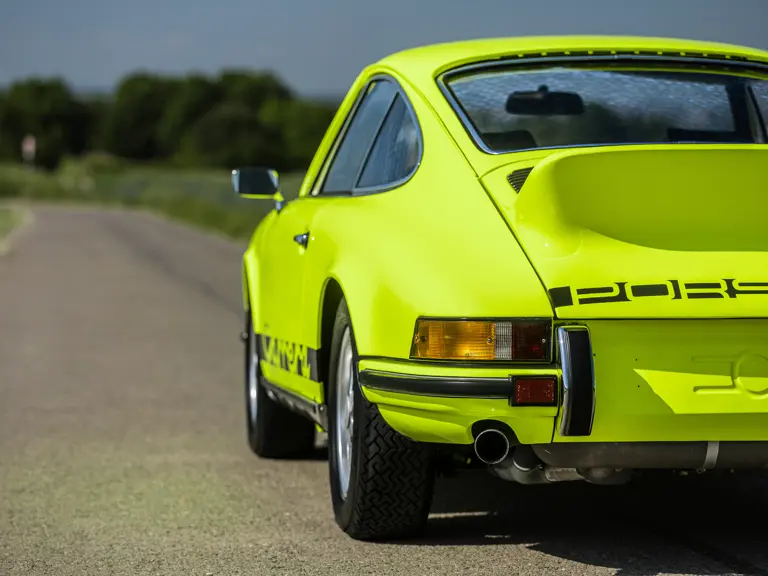
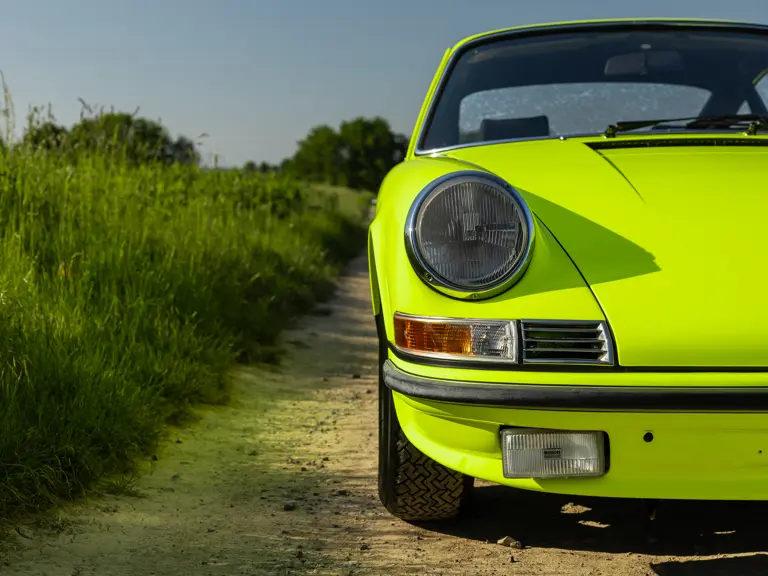
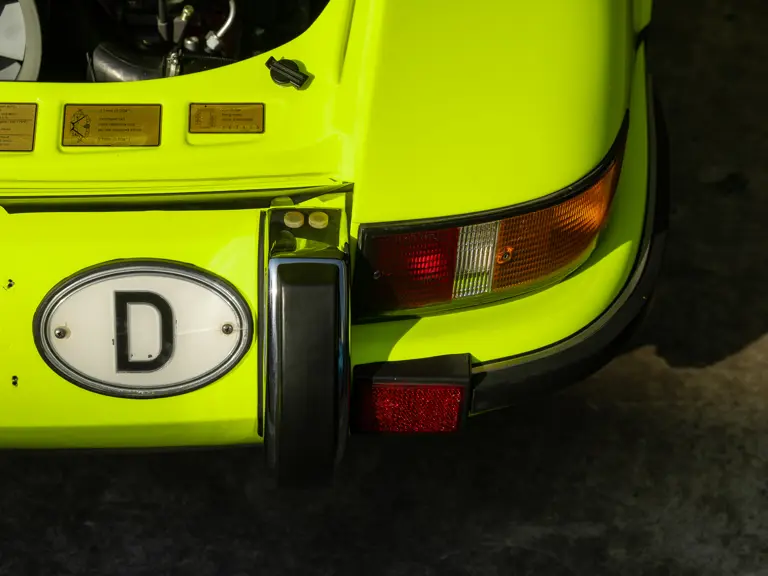
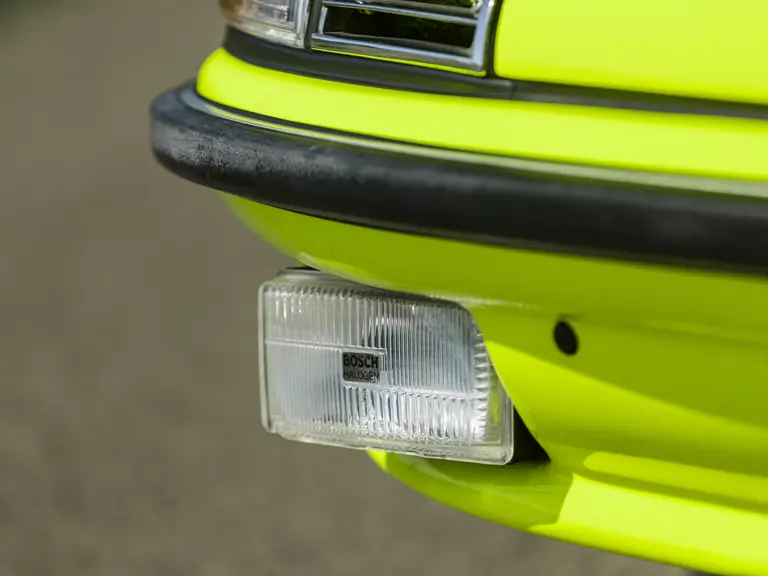
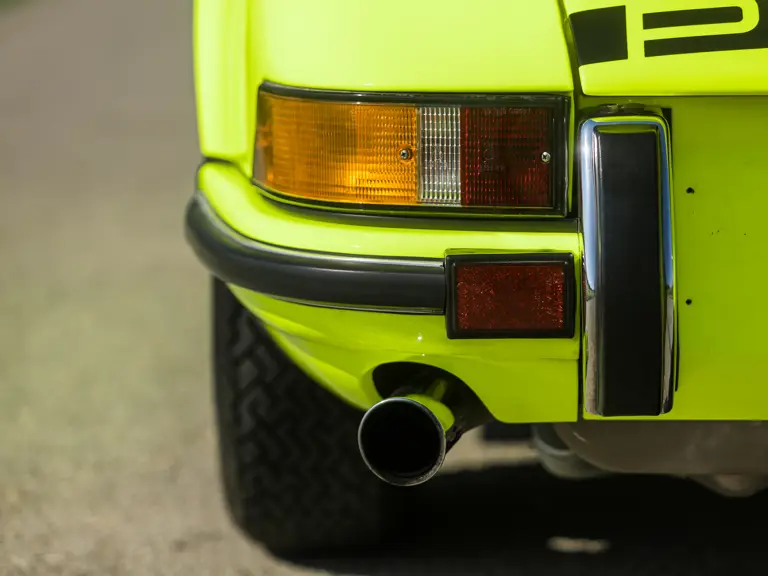
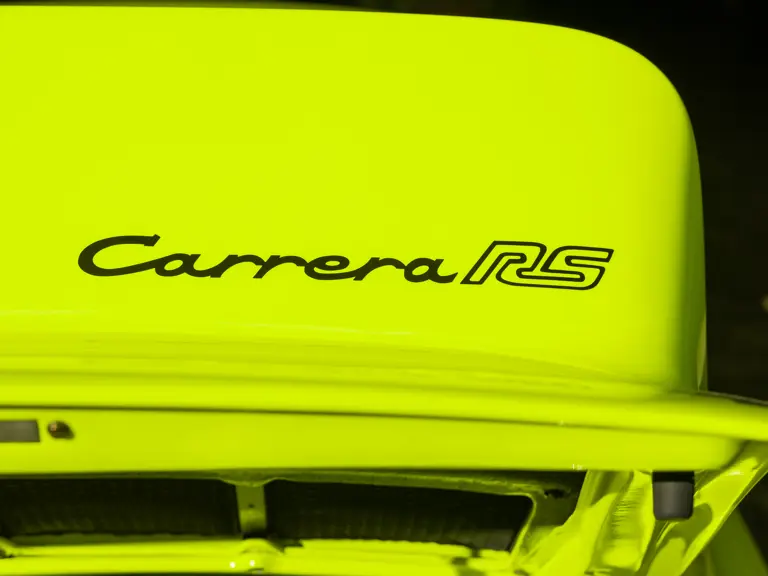
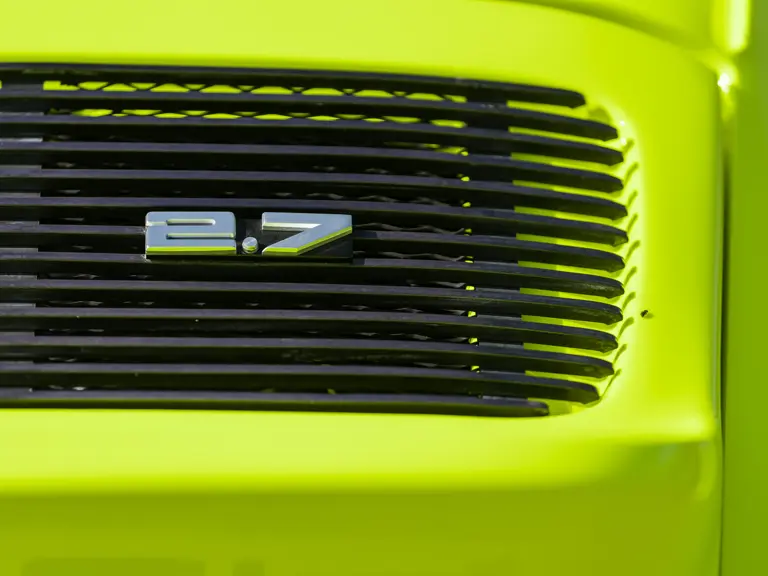
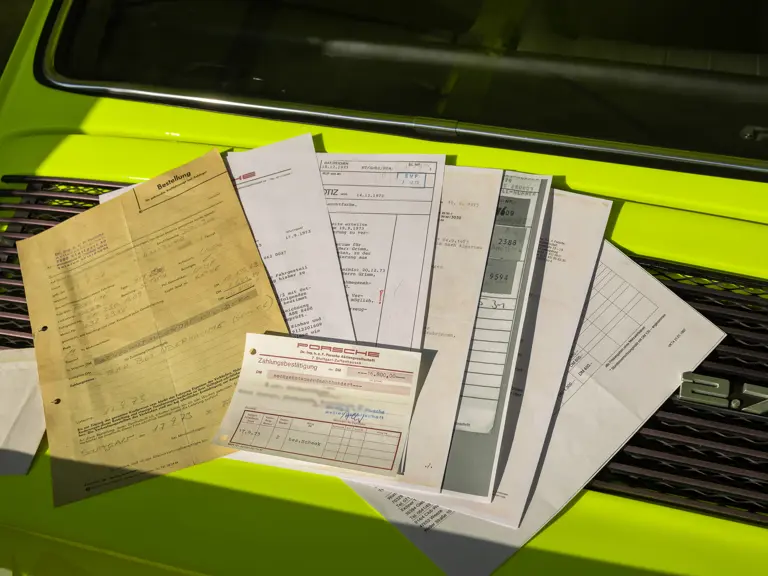
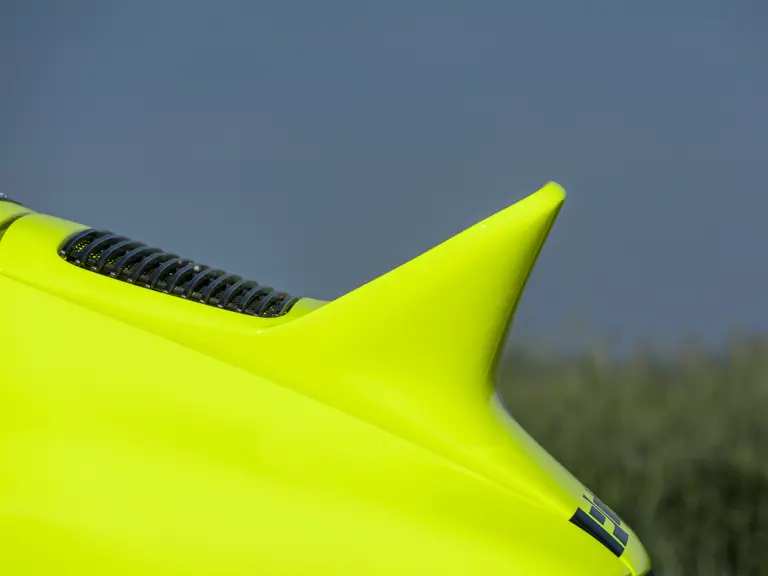
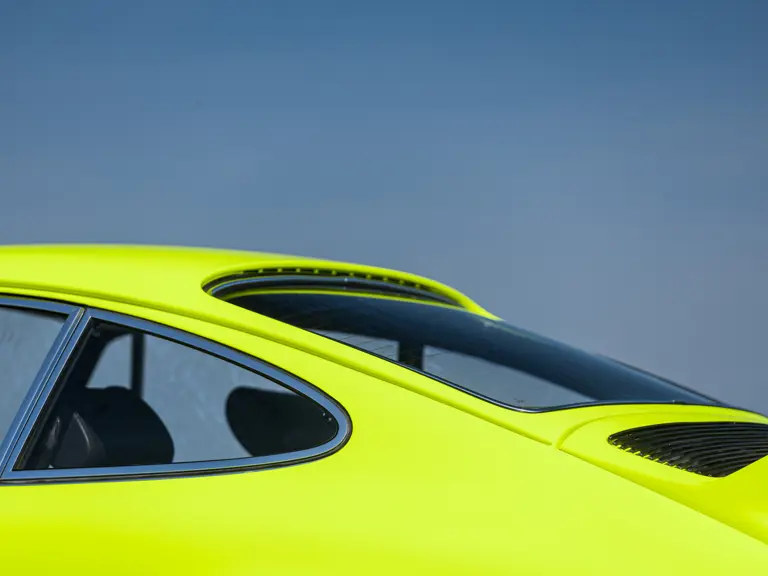
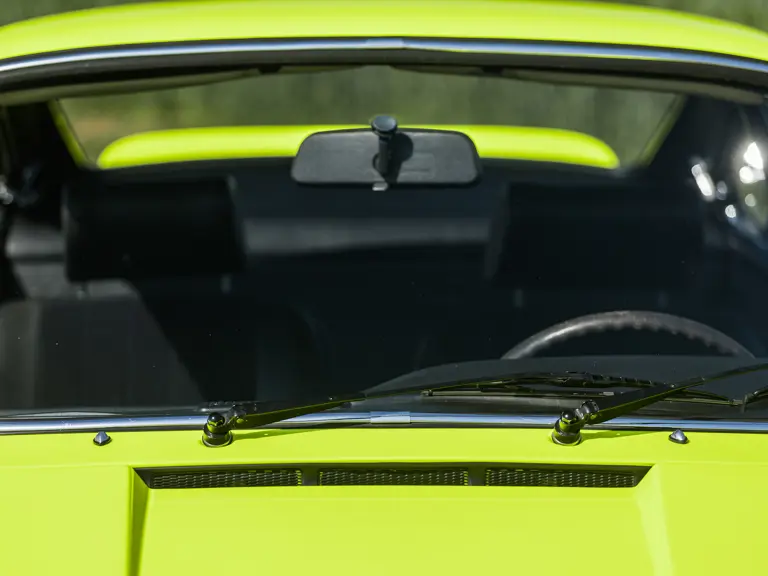
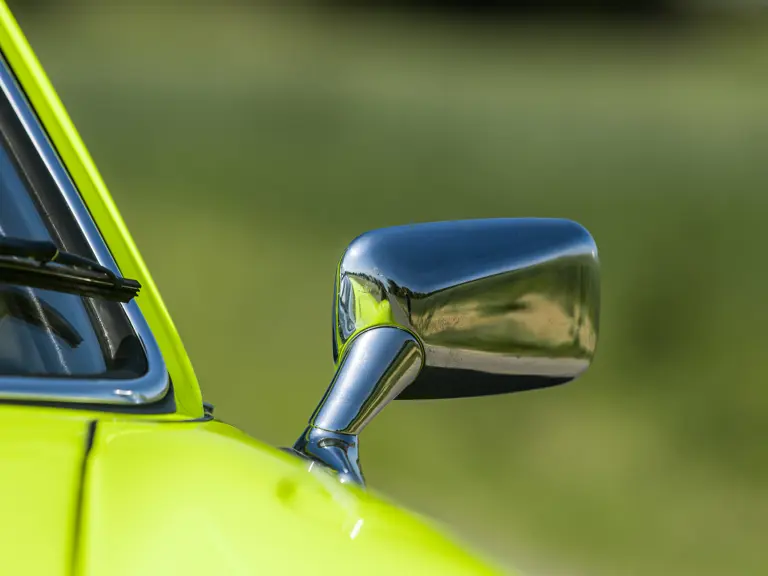
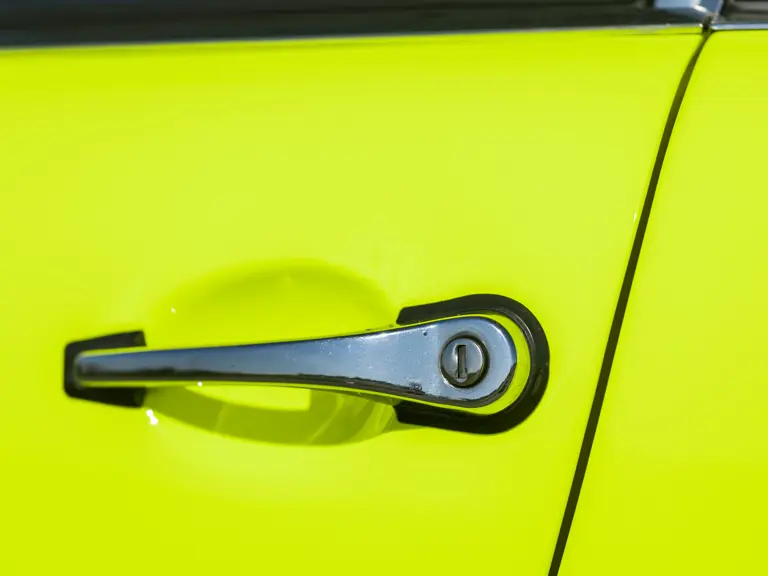
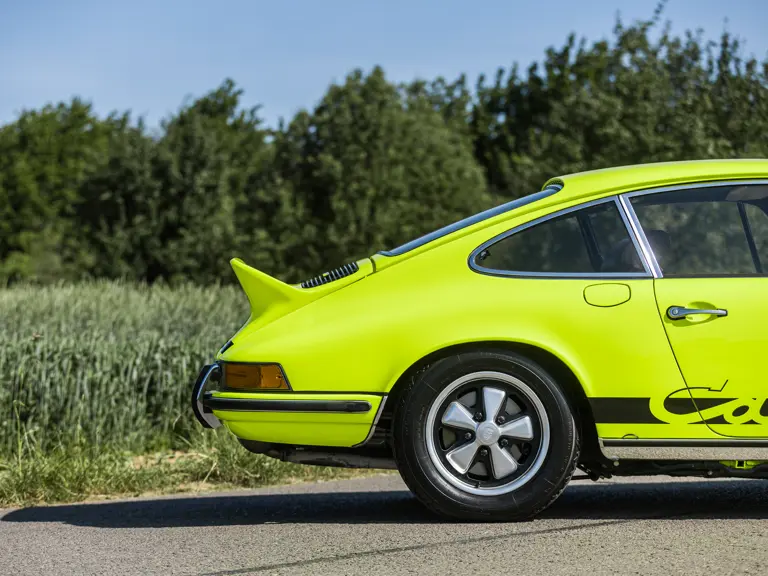
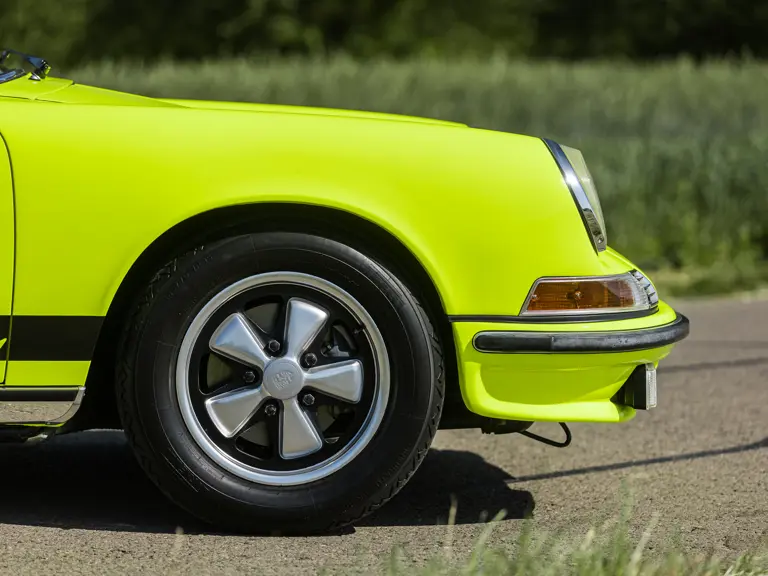
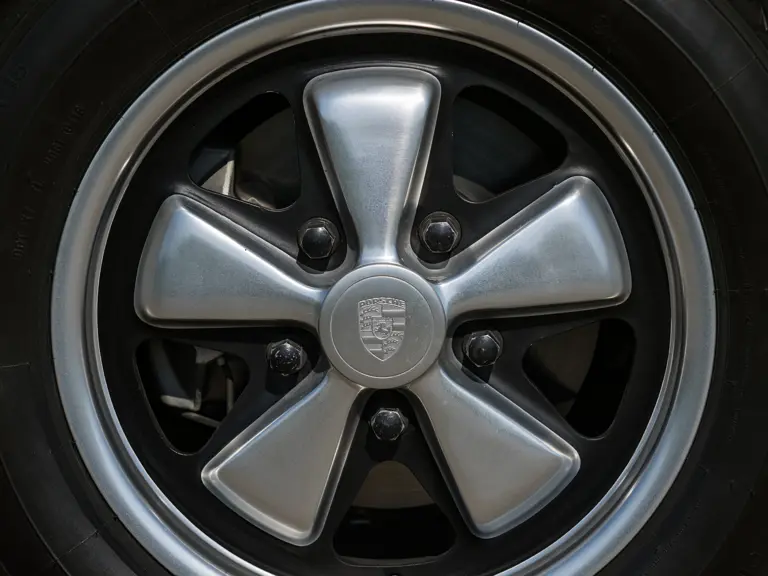
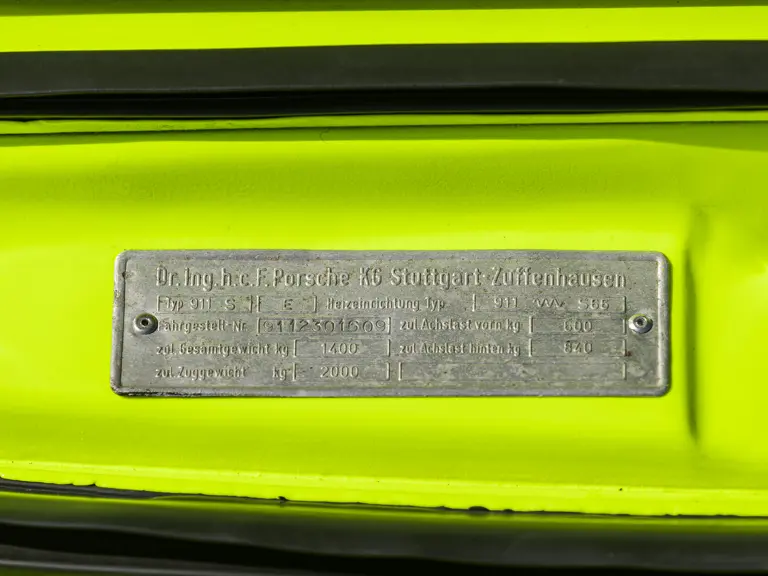
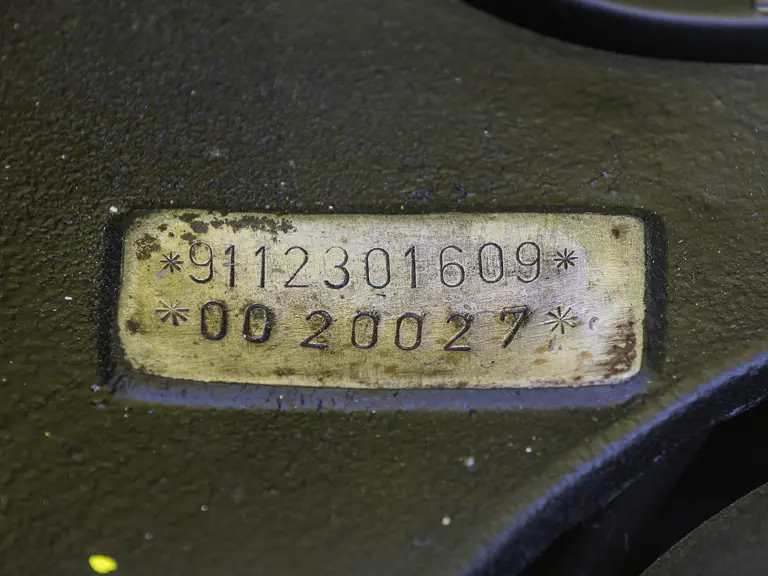
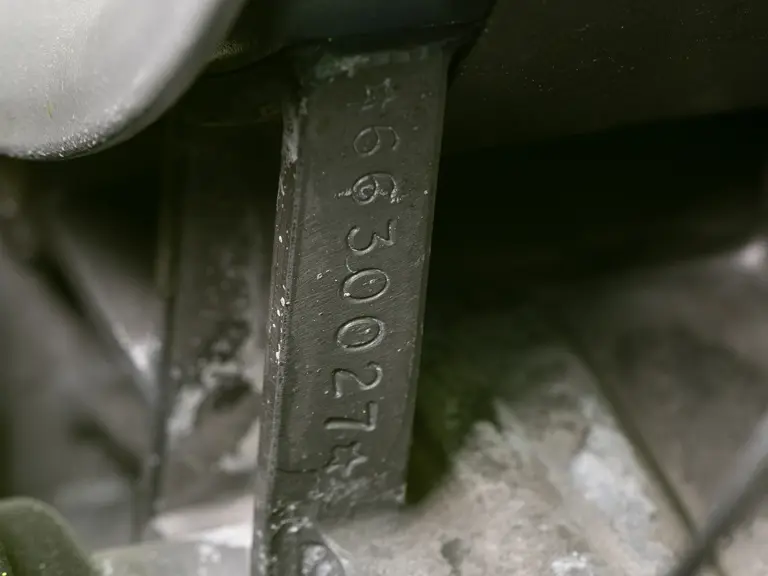
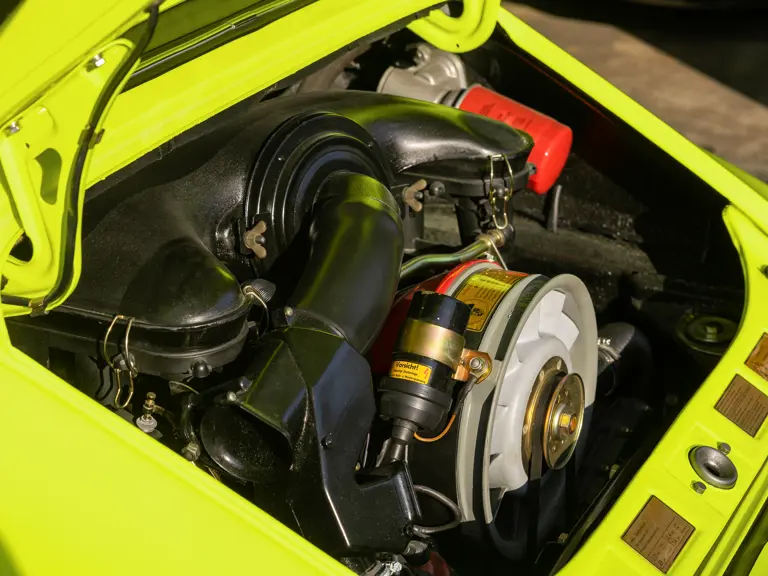
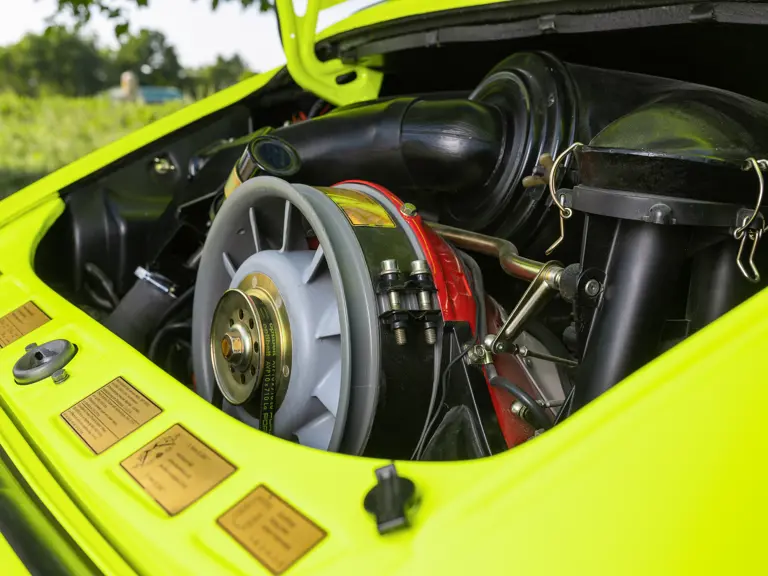

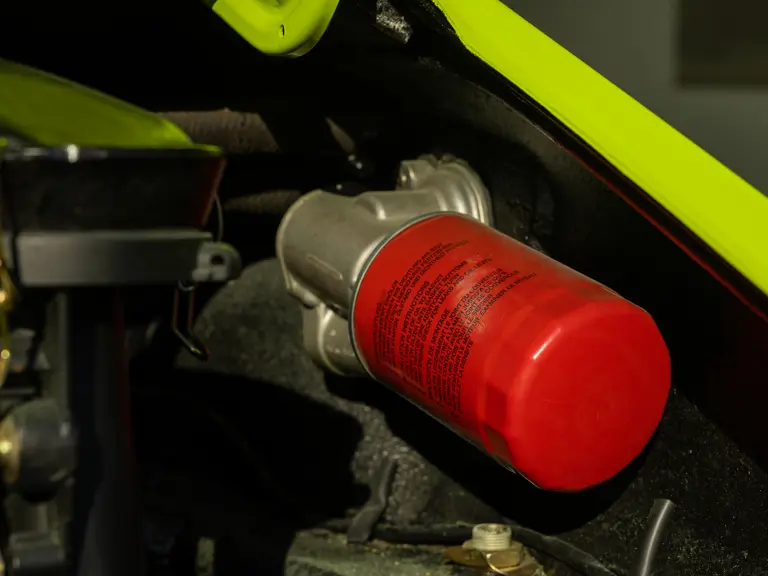
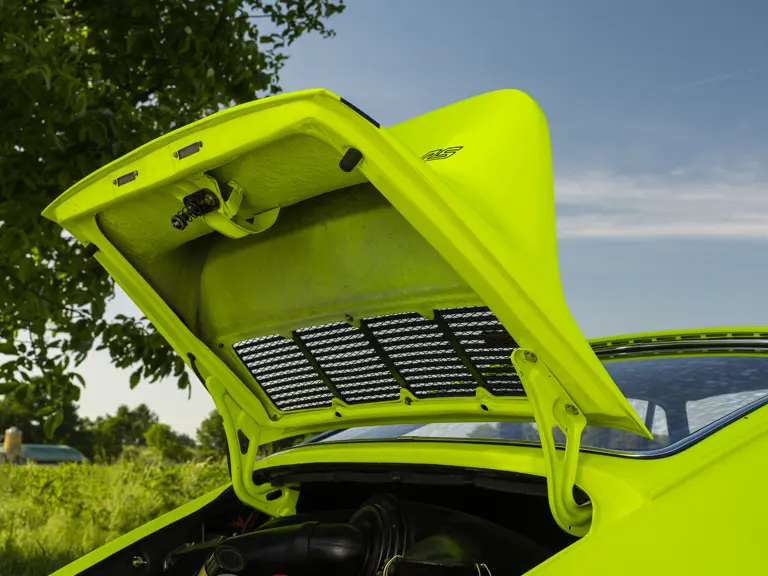

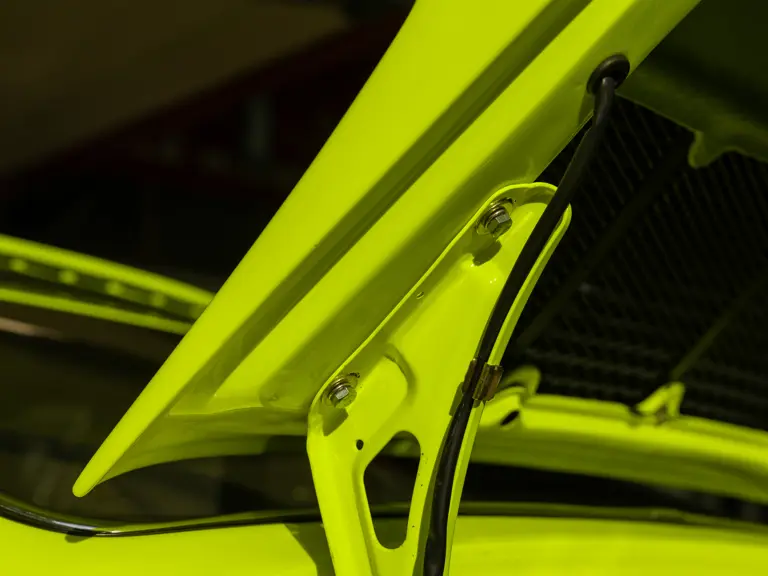
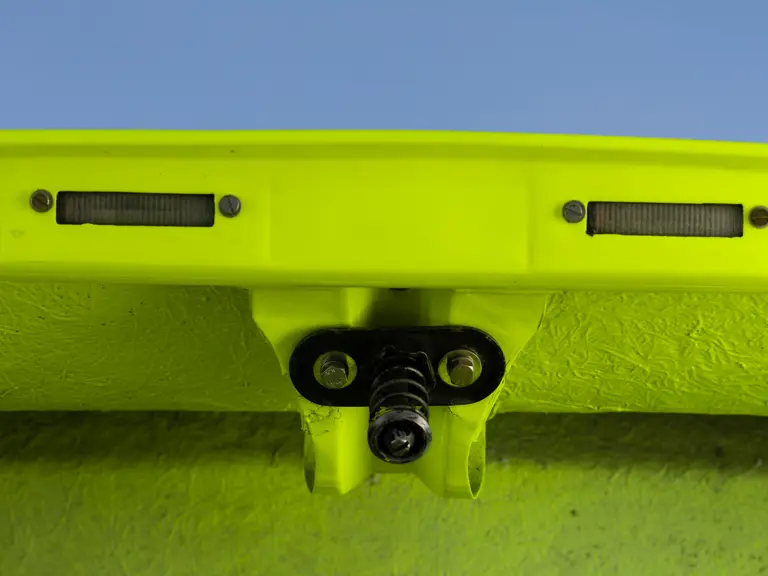
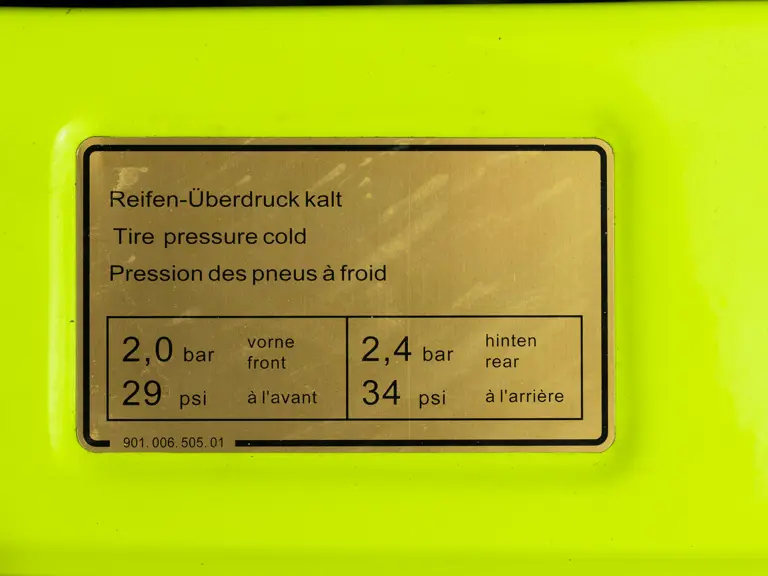
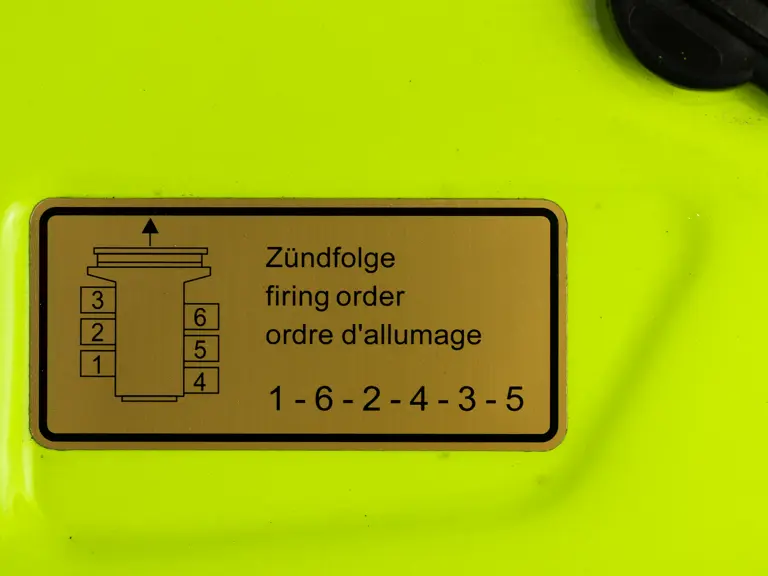
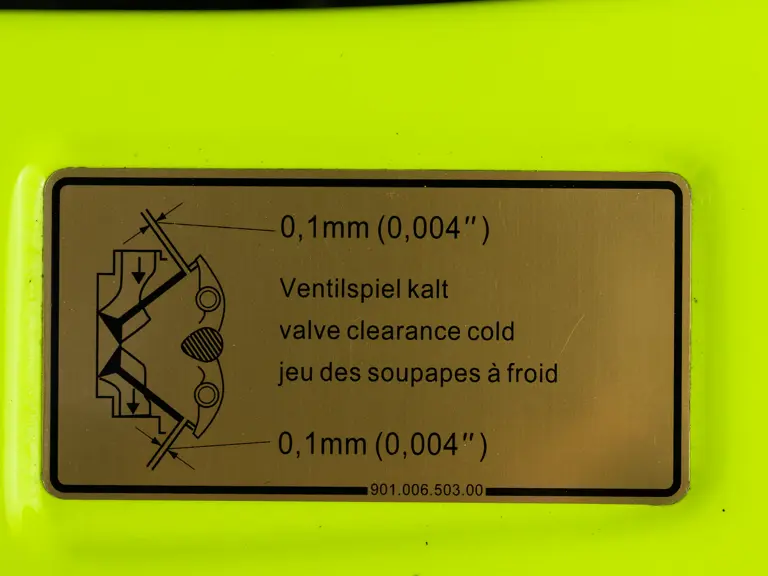
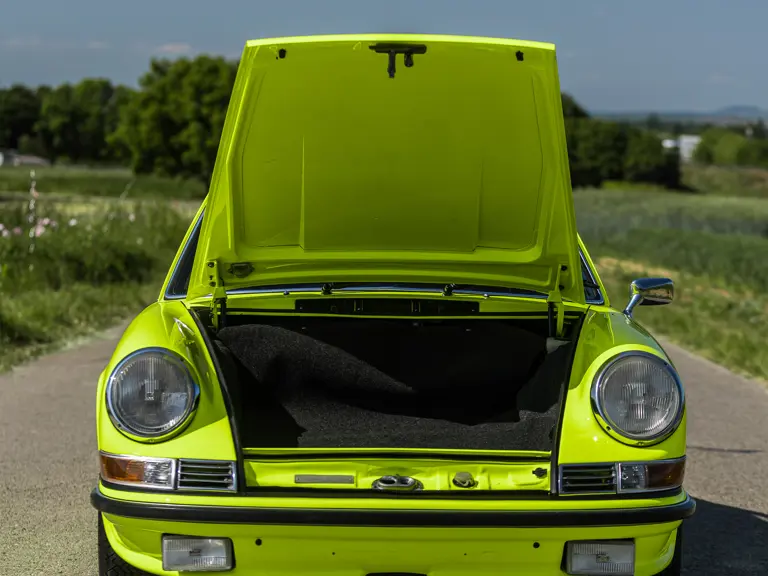
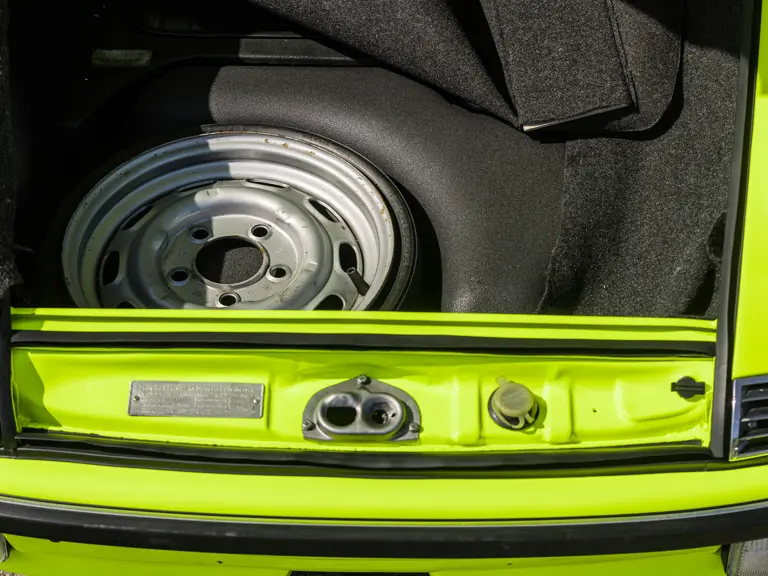
 | Monterey, California
| Monterey, California
